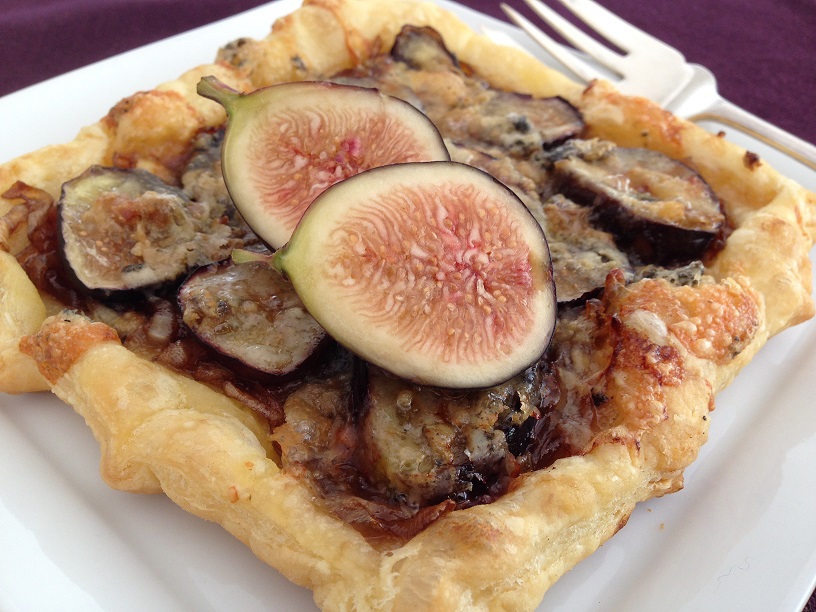It's Tea Time in Japan!
 Monday, October 13, 2014 at 4:00AM
Monday, October 13, 2014 at 4:00AM 
By Sandy Hu
The latest from Inside Special Fork
As a dedicated coffee drinker, tea is an enigma to me. So I figured that investing most of a day at Kyoto Obubu Tea Farms in the small town of Wazuka, at the southern edge of Kyoto prefecture, was a good start to my education.
Truth be told, I was also lured by arresting images of waves of green tea plants, with their characteristic spherical shape, planted in neat rows, clinging to terraced hillsides. From what I'd read, they are not accessible, except on a tour.
Just as the Napa Valley appellation speak to quality in wine, so does Uji, for tea. Wazuka is one of the major Uji tea producers, having grown tea since the Kamakura period (1192-1333). During the Edo period, Wazuka produced the tea for the Japanese Imperial family.



